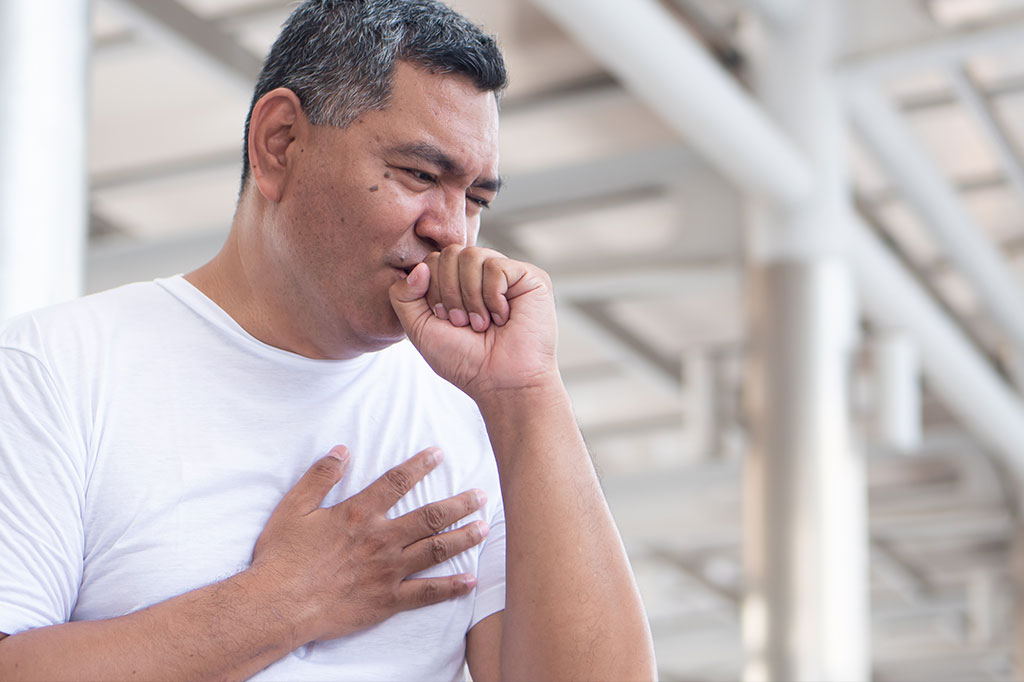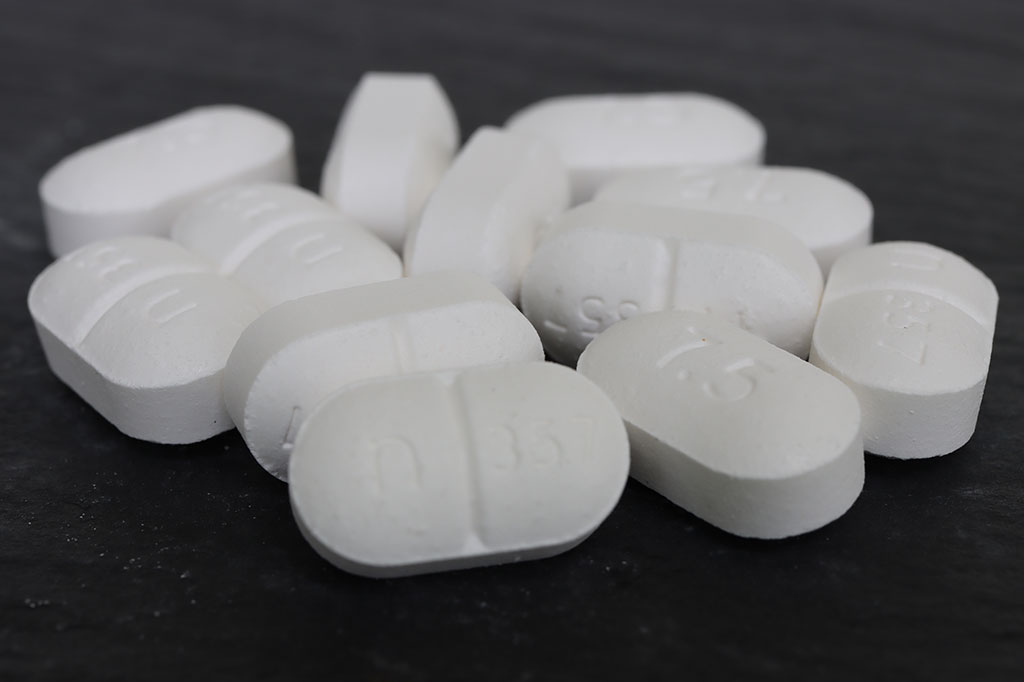According to the National Institute on Alcohol Abuse and Alcoholism, 60% of teens have had alcohol by age 18. In addition to curiosity and the desire to experiment, teens drink for several reasons. One major influence on underage drinking is the media. Movies, TV shows, advertisements, and social media all glamorize alcohol consumption, relaying the message to teens that if they drink, they’ll be cool and accepted. As a rehab in Massachusetts that has treated many people for alcohol addiction, we’re sharing what the consequences of underage drinking are and how to avoid them.
How Common Is Underage Drinking?
According to the 2022 National Survey on Drug Use and Health (NSDUH), 13.2 million people ages 12 to 20 reported that they have had at least one alcoholic drink in their lives. Additionally, 10.9 million people ages 12 to 20 reported that they drank in the past year (2022). The same research shows that 5.8 million people ages 12 to 20 reported that they drank in the past month, and 3.2 million people of the same age group reported binge drinking in the past month.1
What Are the Consequences of Underage Drinking?
Underage drinking, especially heavy drinking and frequent heavy drinking, is associated with various repercussions. The consequences of underage drinking can be acute and immediate outcomes of even one episode of heavy drinking, including acute impairment, accidents, suicide, homicide, risky sexual activity, vandalism, and alcoholism.
There are underage drinking statistics which show that 70% of drinkers engage in heavy drinking by ages 19 and 20, suggesting that drinking often starts before the age of 21.2 What’s more, many adults assume that the risks and potential effects of underage drinking are more or less the same as they are for adults, but research suggests otherwise. In 2000, for instance, 36.6% of youths (under the age of 21) traffic fatalities involved alcohol, a rate just slightly lower than the rate for adults, which was 41.7%. Moreover, underage drinking effects also include violence, risky sexual behavior, poor school performance, suicide, accidental death and injury, and other harmful behaviors.
Below, we review the dangers of underage drinking in more detail.
Acute Impairment
Alcohol impairs judgment and decision-making abilities. As a result, younger people who drink are more likely to engage in risky behaviors that can result in illness, injury, and death. Acute consequences of underage drinking also include unintentional death and injury linked to driving under the influence or engaging in other risky behaviors like unprotected sex, vandalism, and property damage. Basically, alcohol can lead to poor decisions and reckless behavior that can have long-term repercussions.
Drinking, Driving, and Car Accidents
Studies reveal that youth who started drinking before the age of 15 – compared to those who waited until they were 21 – were 12 times more likely to be accidentally injured while under the influence of alcohol, 7 times more likely to be in a car accident after drinking, and 10 times more likely to have been in a physical fight after drinking.1 Driving under the influence remains a very serious issue with extreme consequences, not only for the youth who drink but also for victims.
Alcohol-related traffic fatalities made up almost 37% of all fatal youth fatalities. What’s more, the crashes underage drinkers are involved in tend to be more severe than those of adults, resulting in more deaths and more serious injuries.
Homicide, Suicide, and Unintentional Injuries
Alcohol is associated with a large proportion of unintentional deaths and injuries caused by forms of dangerous behavior other than driving, such as drownings, burns, and falls. Drinking not only increases one’s risk of being involved in a car accident or suffering an unintentional injury, but it’s also implicated in deaths and injuries linked to violence and suicidal behavior. Frequent heavy alcohol use is also linked to increased feelings of hopelessness, suicide ideation, suicide attempts, and mental illness.
Alcohol has been reported to be involved in 36% of homicides, 12% of male suicides, and 8% of female suicides involving people under 21—a total of about 1,500 homicides and 300 suicides in 2000. Additionally, 50% of violent crime is associated with alcohol abuse, including rapes, robberies, and other types of assaults.
Risky Sexual Activity
As we previously mentioned, sexual violence, as well as unplanned and unprotected sexual activity, are also common consequences of underage drinking. As reported in A Call to Action: Changing the Culture of Drinking at U.S. Colleges by the National Institute on Alcohol Abuse and Alcoholism, more than 70,000 students aged 18 to 24 are victims of alcohol-related sexual assault or rape. Studies of date rape and sexual assault on college campuses also suggest that alcohol use plays a major factor in the behavior of both assailants and victims.
For instance, one study found that date rape victims who reported being at least “somewhat drunk” at the time of the assault believed their assailants were also under the influence of alcohol. Another study of assailants showed that 44% of the men had been drinking when they committed a sexual assault.
In addition to being more likely to experience or commit sexual assault, young people who are drinking are also more likely to engage in risky sexual behavior. According to research by the Kaiser Family Foundation, young people are more likely to report that they “do more” sexually when they’re under the influence of alcohol. According to another study, 44% of sexually active teens reported that they’re more likely to have intercourse if they’ve been drinking alcohol.
Because alcohol impairs judgment, drinkers are also less likely to use a condom if they’ve been drinking, which puts them at risk for unplanned pregnancies and contracting sexually transmitted diseases and HIV. More disturbing, however, is that many young people are aware of these risks and still choose to drink.
Property Damage and Vandalism
Vandalism and property damage are additional repercussions of underage drinking. Intoxicated youth are more likely to commit these acts regardless of their age, but vandalism and property damage are common on college campuses. The cost of these behaviors adds up for college or other local communities where vandalism occurs.
Alcoholism and Underage Drinking
One of the most common long-term effects of drinking underage is alcohol use disorder. Individuals who were exposed to drinking or who drank alcohol at a younger age are more likely to develop an alcohol use disorder as adults. Also known as alcoholism, this is a progressive disease characterized by an inability to control one’s drinking.
How to Prevent Underage Drinking
Preventing underage drinking involves a combination of education, communication, and enforcement. Here are some examples of what should be done to prevent underage drinking:
- Knowledge and Consciousness:
- Put in place programs in schools that inform students about the dangers and repercussions of alcohol consumption.
- Inform parents, educators, and community members about the risks associated with underage alcohol consumption.
- Honest Communication:
- Encourage parents and kids to have frank discussions about the dangers and repercussions of alcohol consumption.
- Create an environment where kids can talk about peer pressure and make wise decisions without feeling awkward.
- Clarify Your Expectations:
- Establish clear guidelines and expectations for the family’s use of alcohol.
- Stress the value of making wise choices and the repercussions of breaking the law.
- Set an Example:
- Behaving responsibly around alcohol is important because kids often take after their parents.
- Steer clear of glorifying alcohol consumption and stress the significance of adult-only, responsible drinking.
- Participation in the Community:
- Participate in neighborhood projects and organizations that work to stop underage drinking.
- Support and take part in neighborhood activities that encourage youth to lead drug-free lives.
- The Application of the Law:
- Encourage and back the implementation of legal measures pertaining to the sale and distribution of alcohol to minors.
- Notify law enforcement of any establishments selling alcohol to underage customers.
- School Regulations:
- Assist schools in putting in place and upholding policies that prohibit underage alcohol consumption.
- Give educators and other staff members the tools they need to deal with students’ alcohol-related problems.
- Media Knowledge:
- Children should be taught to evaluate media representations of alcohol use.
- Assist them in comprehending how alcohol is portrayed in entertainment and advertising.
- Limit Access:
- Put alcohol in a location that is difficult for minors to access to restrict access to it at home.
- Recognize social events and make sure an adult is supervising you responsibly.
- Interventions That Provide Support:
- When a young person is experiencing alcohol-related problems, offer support and, if needed, seek professional assistance.
Parents, educators, communities, and legislators must work together to prevent underage drinking. It is possible to create an environment that discourages underage alcohol consumption by approaching the problem from a variety of angles.
Our Alcohol Rehab Can Help
Alcoholism can have additional repercussions on a person’s health, relationships, school performance, job, and more. While our Massachusetts inpatient drug rehab does not offer addiction treatment for minors, we can help those over the age of 18 who are struggling with the aftermath of heavy drinking.
For more information about our alcohol rehab in Massachusetts, call Clearbrook Treatment Centers today at 570-536-9621 or contact us online.
Sources:
- National Institute on Alcohol Abuse and Alcoholism – Underage Drinking in the United States (ages 12 to 20)
- NCBI – Consequences of Underage Drinking
- College Drinking Prevention – A Call to Action: Changing the Culture of Drinking at U.S. Colleges
- NIH – Relationship between alcohol consumption and victim behaviors immediately preceding sexual aggression by an acquaintance
- Psychology of Women Quarterly – Alcohol And Dating Risk Factors For Sexual Assault Among College Women
- NIH – Alcohol, drugs, and adolescent sexual behavior







